Which Full Face Helmet Should You Choose?
The development of mountain biking contributes to the growing interest in Full Face helmets. Increased awareness, education and training increase our knowledge about injuries that may occur on the route. Our head – the command center – deserves maximum protection, which is why more and more riders choose Full Face helmets, which also effectively protect the lower jaw, ensuring comfort and a sense of security during descents.
It is worth remembering that even the most expensive Full Face helmet is a cheaper investment than visiting a dentist or prosthodontist after an accident. Helmets of this type are chosen not only for aggressive disciplines such as downhill or freeride, but also for lighter types of mountain biking. They are increasingly used by riders who want to increase their safety on routes of varying difficulty.

Below I will present the most important types of Full Face helmets and their key features to help you choose a model that will provide optimal protection and comfort. For the purposes of this article, let’s assume the weight standard that a helmet weighing less than 1000g is in the light category (SL), anything above it is a classic helmet.
Here is a clearer division into three groups of Full Face Helmets:
1. Classic Full Face DH / Freeride Helmet
Classic Full Face for DH/Freeride, enduro, downhill, slopestyle, freeride, racing and bike park riding is a natural choice for riders who prefer extreme disciplines. These models, derived from helmets used in motor sports, provide the maximum level of safety. When additionally equipped with a MIPS system, they effectively reduce the risk of head injuries in the event of a fall – although, of course, attention and caution are still important.
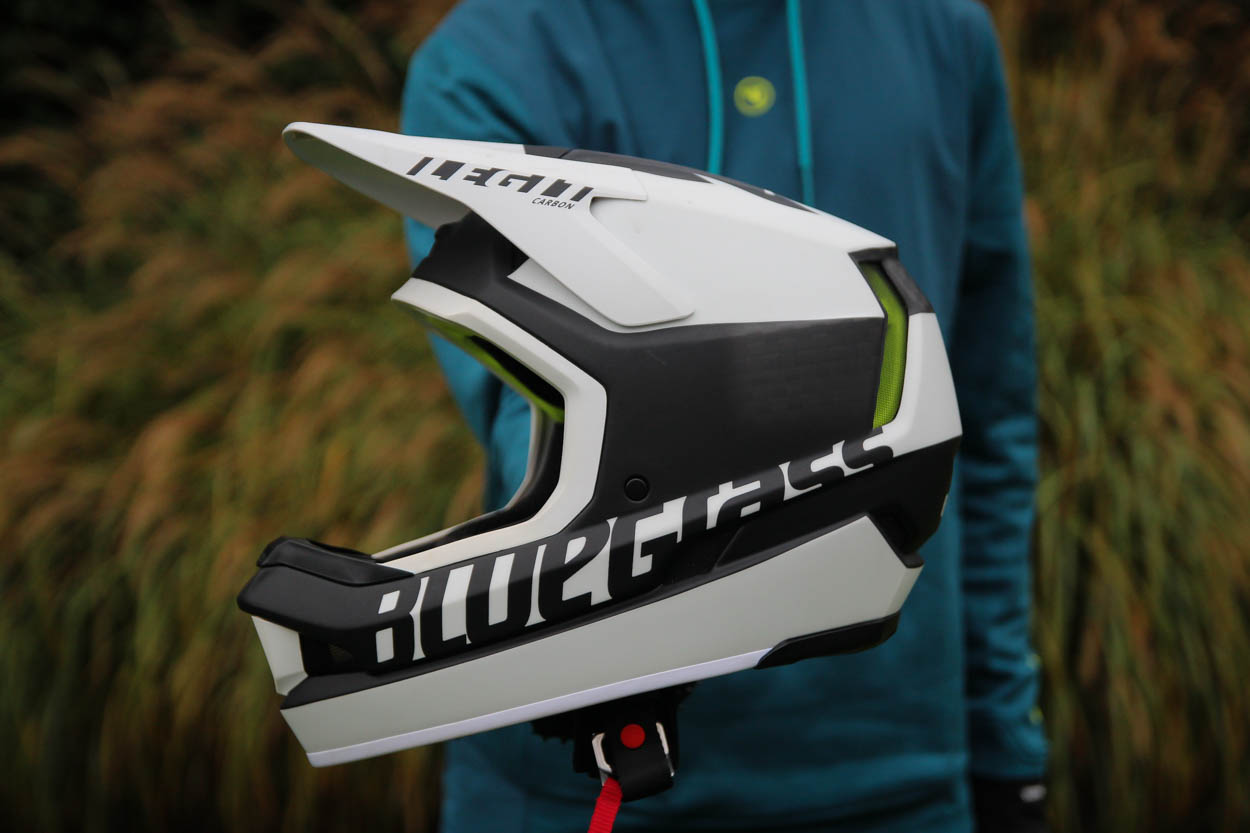
In this type of helmets, the priority is to protect the head, so features such as ventilation or low weight are less important (although for some people equally important). Classic Full Faces are best for descents, where instead of climbing, you use a ski lift, shuttle bus or on foot (push), and not for longer climbs, which may be uncomfortable, to put it mildly.
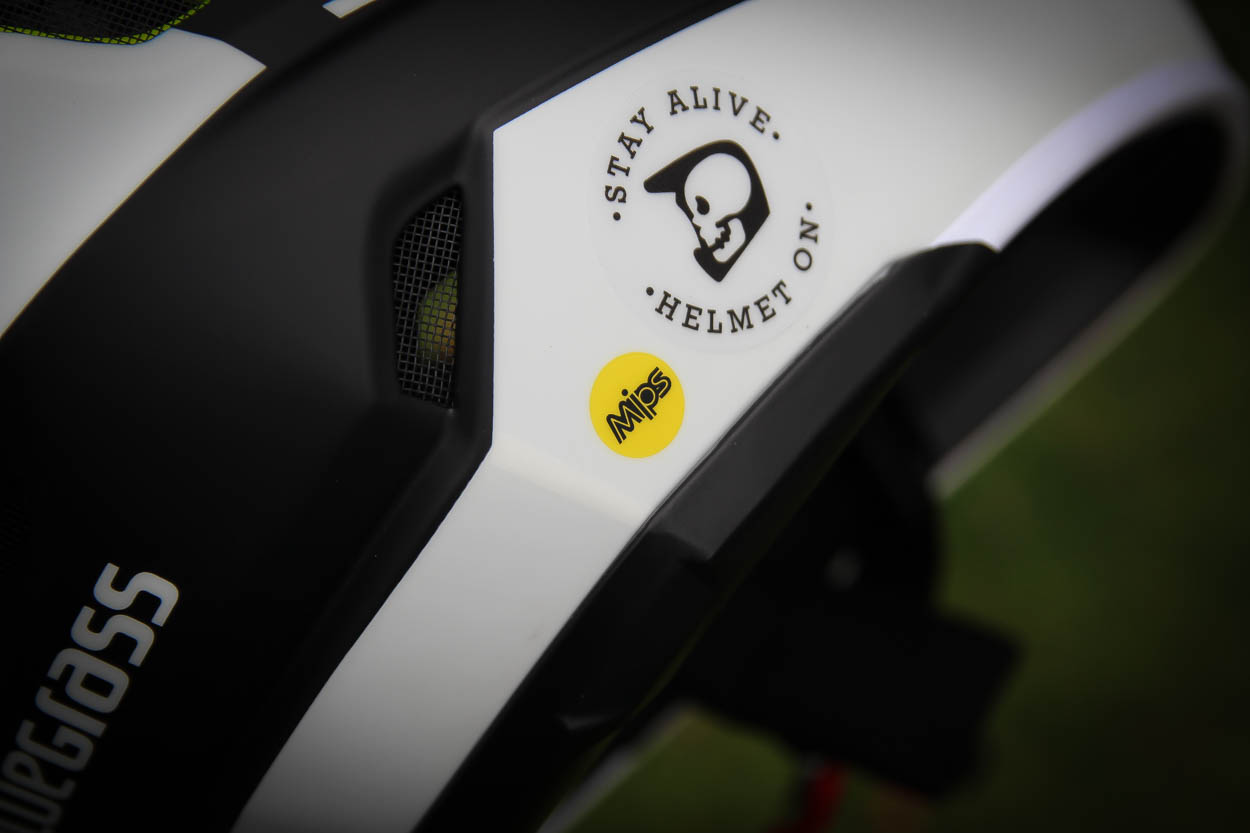
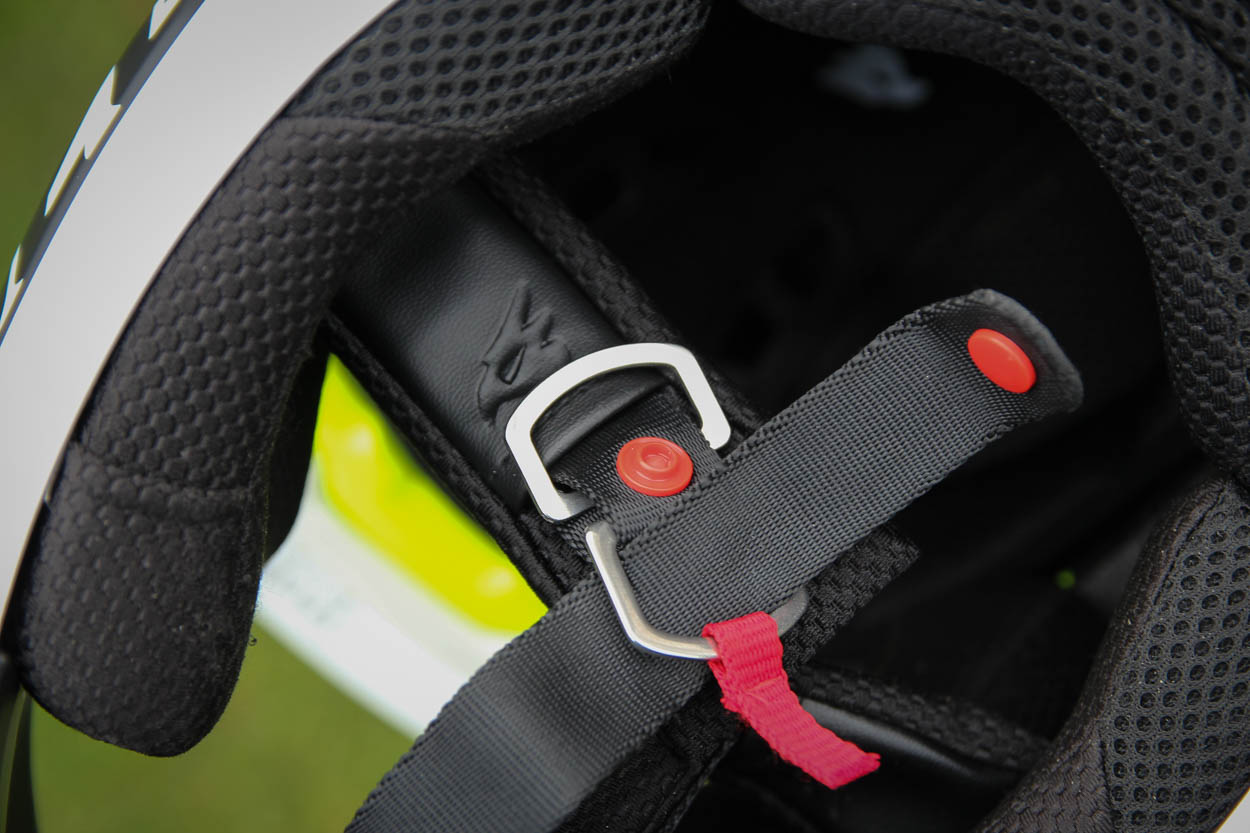
Even lower models of such helmets meet high safety standards, but their proper fit is very important. Classic Full Faces do not have size adjustments, so they must be perfectly matched so that they do not slip or move while riding. Only a well-fitting helmet will guarantee that it will fulfill its protective role in the event of a fall.
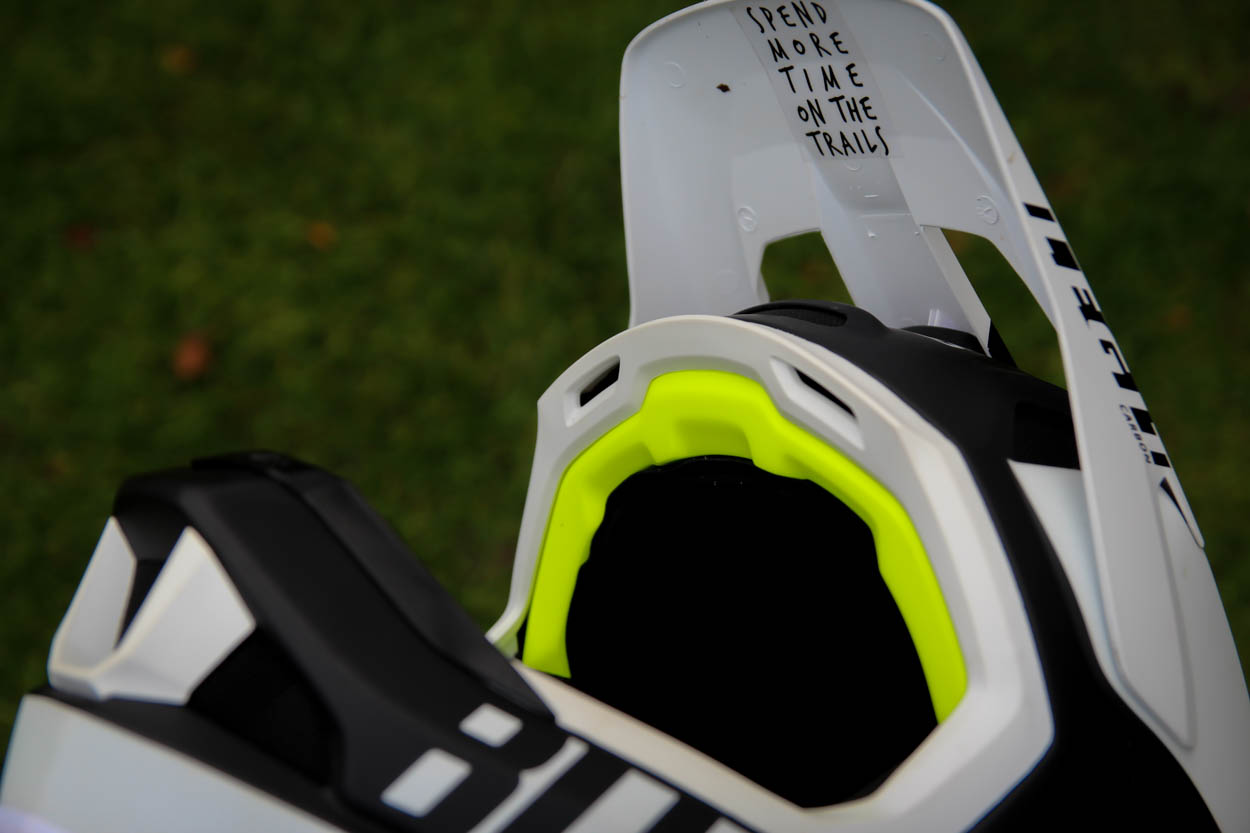
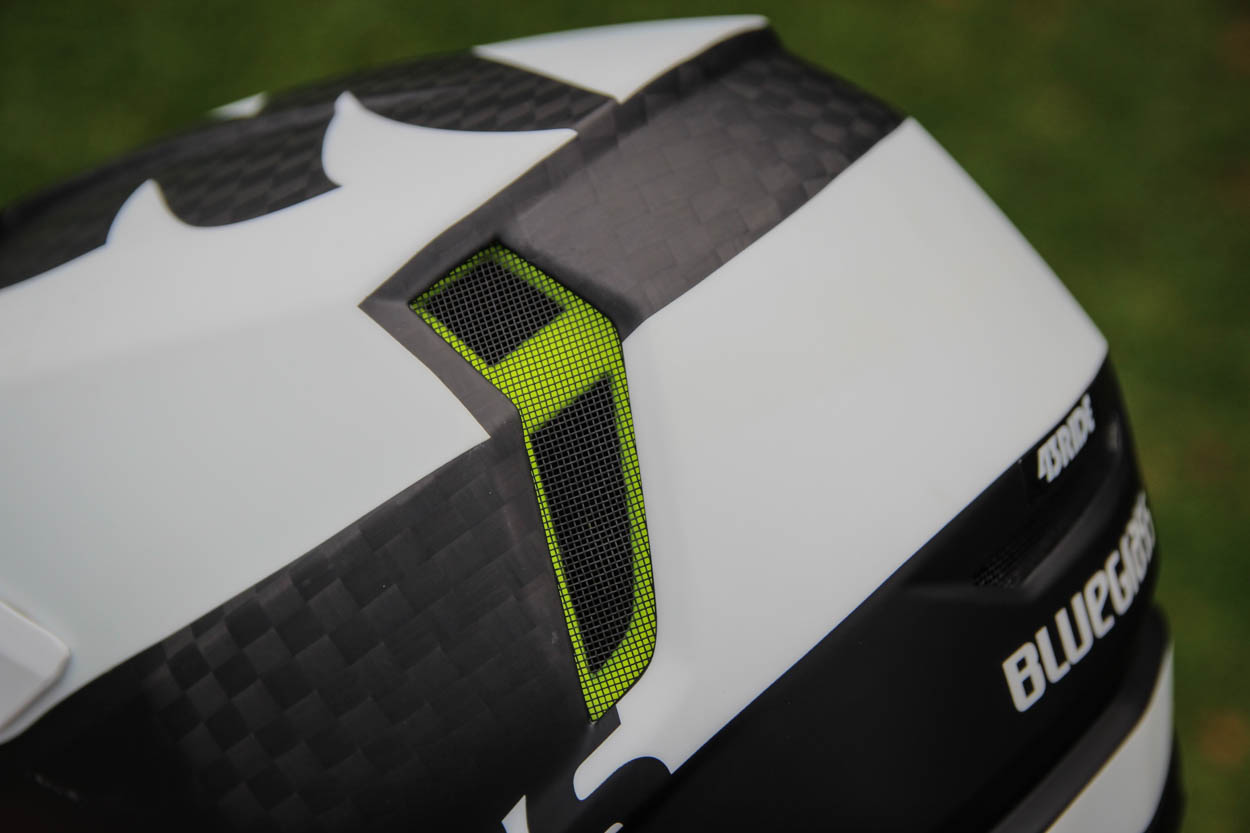
- It is the most advanced in terms of protection, created for extreme mountain descents. It offers full head protection, including jaw protection, which is essential at high speeds and at risk of falls.
- Usually heavier (over 1000g) because they are more solid and protect the entire face.
- Poorer ventilation because protection is the priority. They usually have fewer small ventilation holes and are more protected than lighter helmets.
- Highest level of protection, suitable for aggressive downhill riding. Full suite of CE, AS/NZS and ASTM safety certifications.
2. Light Full Face Helmet (SL)
Light Full Face is a category of helmets created for enduro competitions that require a balance between protection and comfort. In enduro, the competition includes both long, demanding climbs and technical descents on difficult mountain trails with time measurement, so the competitors needed helmets that would ensure safety while maintaining lightness and ventilation.
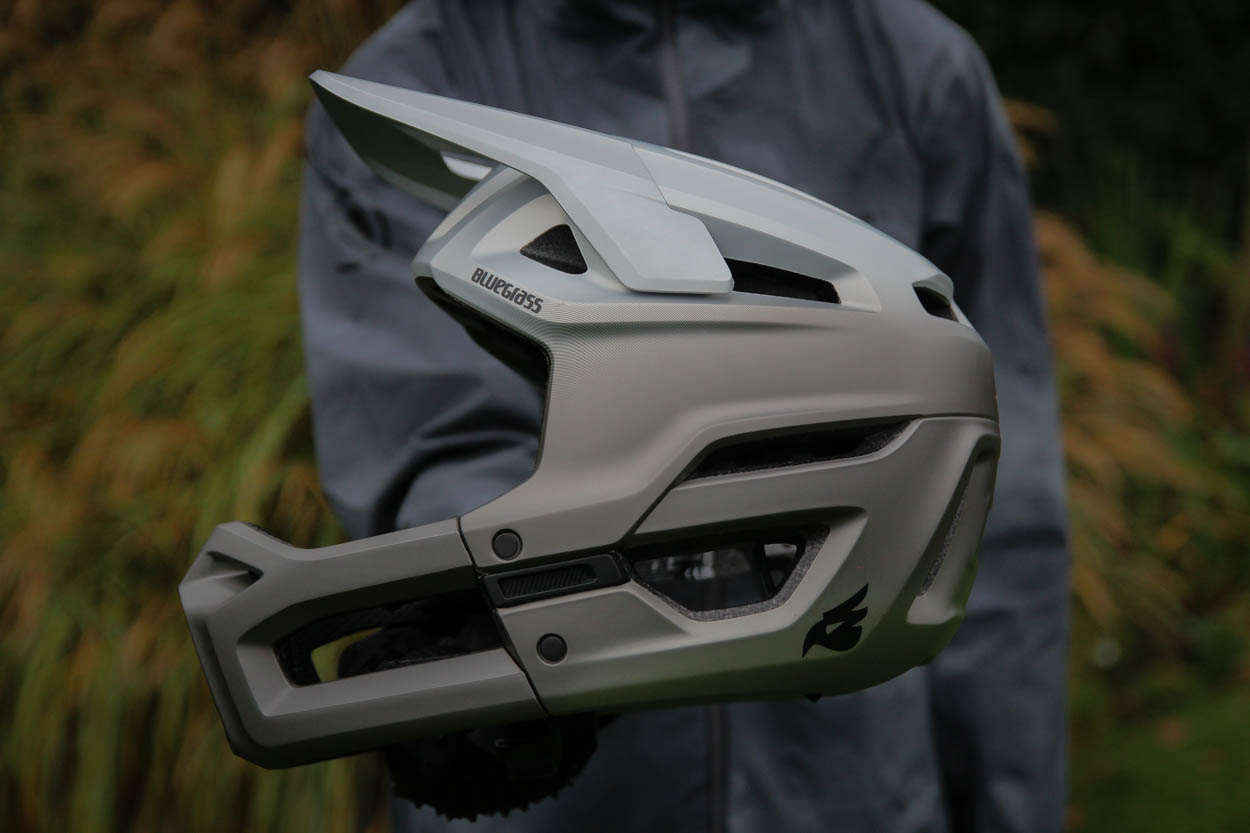
- Weight depending on the manufacturer and size ~600-800g, classified in the SL (Super Light) category.
- Ventilation is better than in classic Full Face helmets.
- Very good protection
- ASTM F1952-15/2032-15: American standards for helmets used in extreme sports (downhill and BMX), with an emphasis on high durability and impact protection in difficult conditions. (example of the Bluegrass Vanguard standard)
- NTA 8776: European standard (Dutch), focused on protecting users of high-speed electric bicycles. (example of the Bluegrass Vanguard standard)
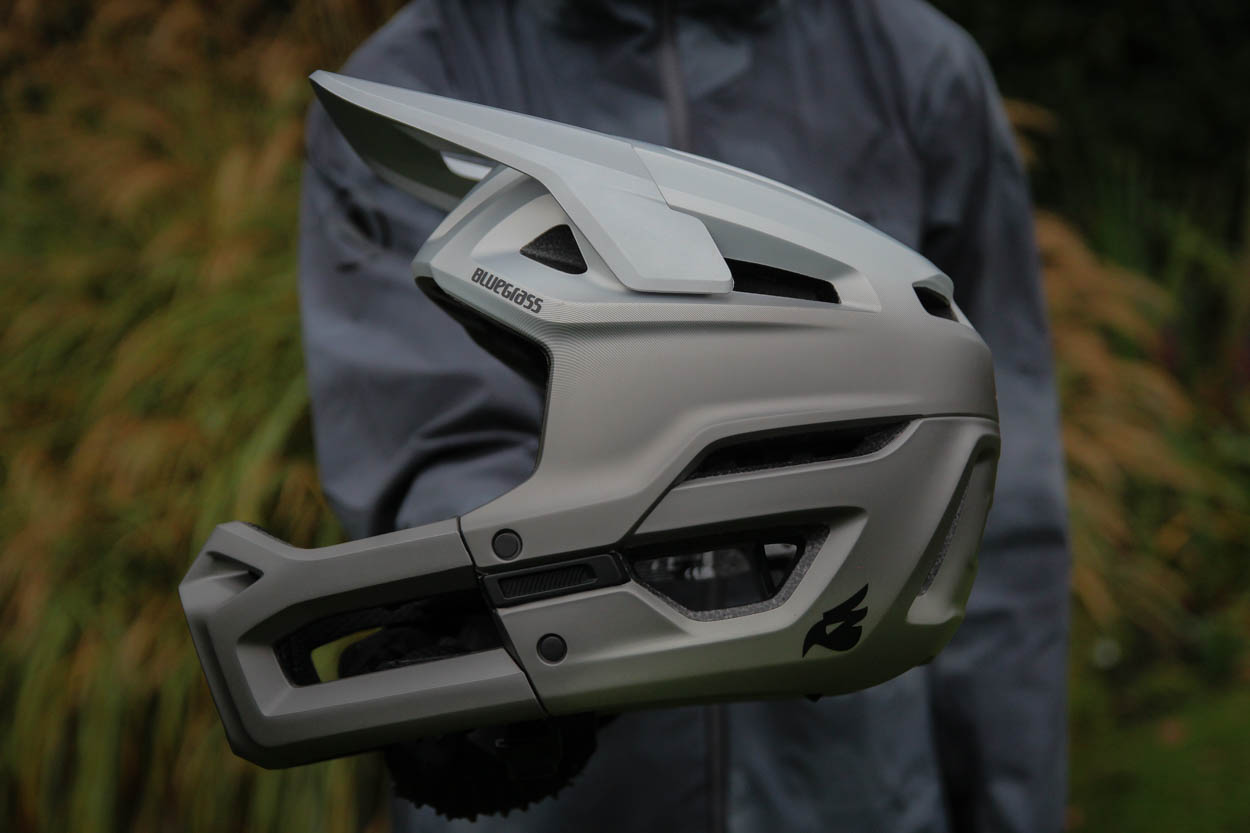
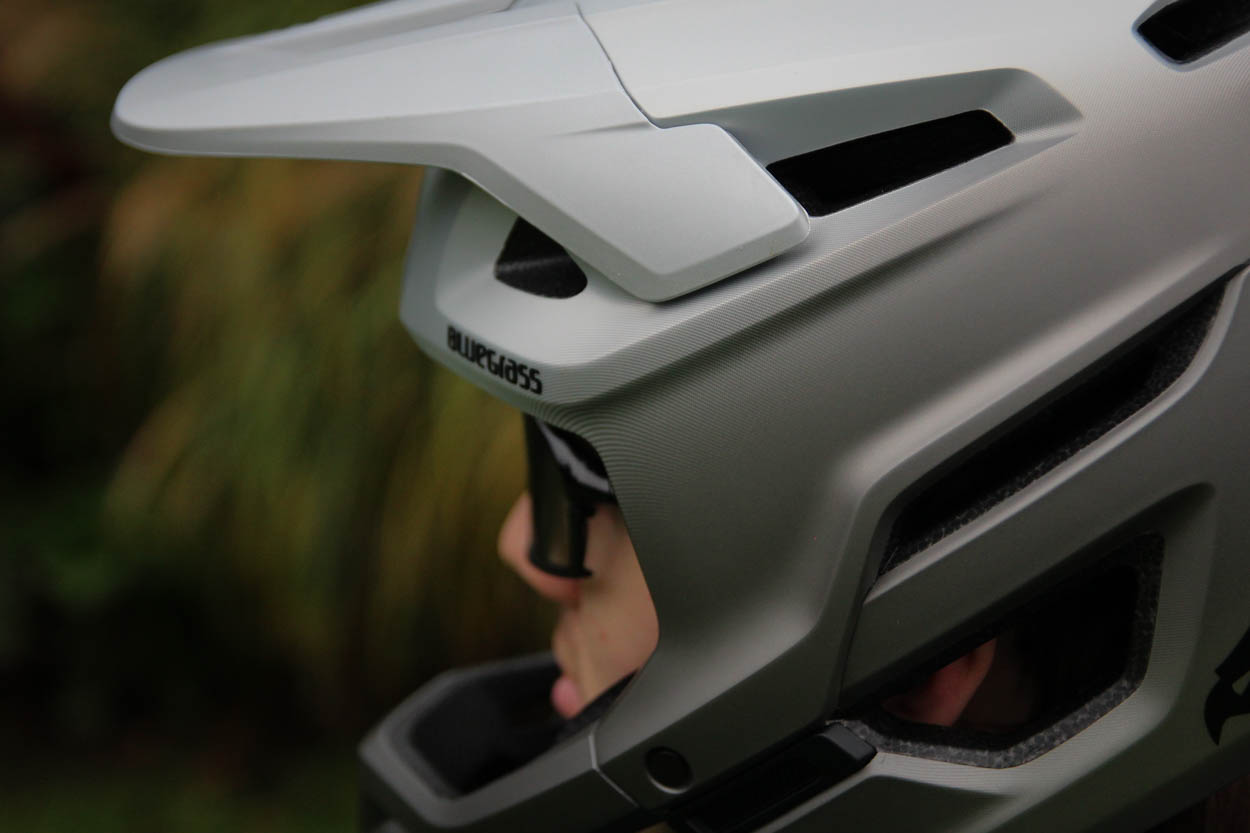
If you are buying a lightweight Full Face helmet, paying attention to the safety standards it meets will help you tailor it to the specific nature of your activity and the level of protection required in a given situation.
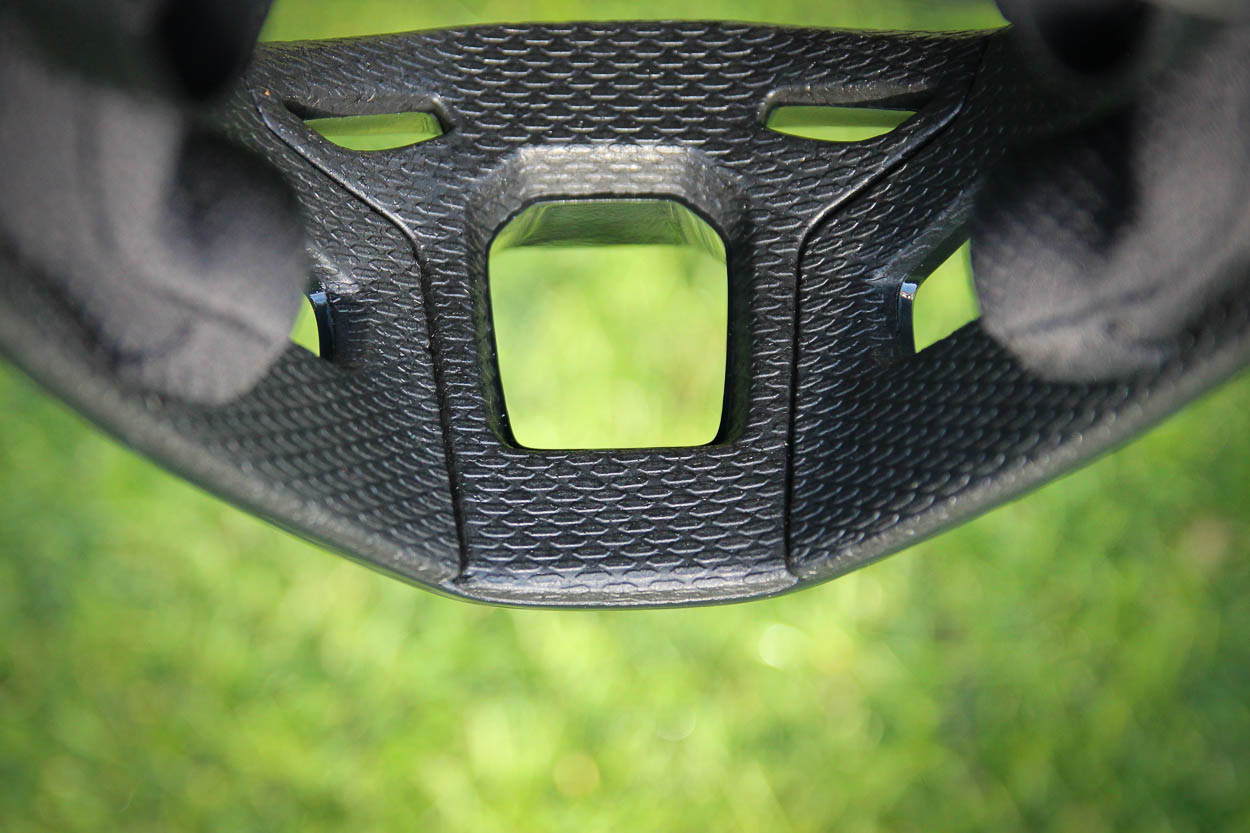
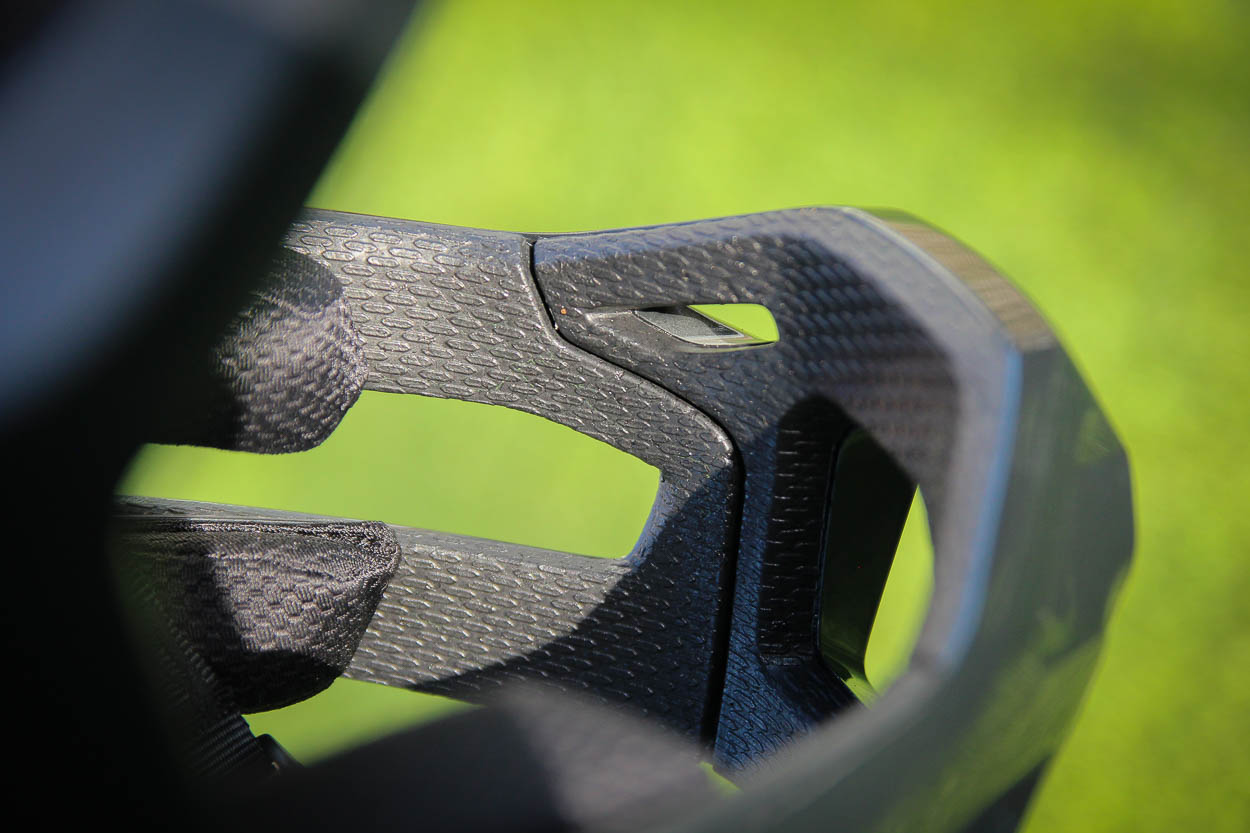
3. Full Face helmet with detachable chinbar (2in1)
Full Face with a detachable jaw (2in1) is an interesting proposition, especially for those who value versatility. However, it is worth remembering that due to the design, the jaw in such helmets is less stiff and is not an integral part of the shell. This may be important in the event of very strong falls, as the protection is slightly less than in classic Full Face models.
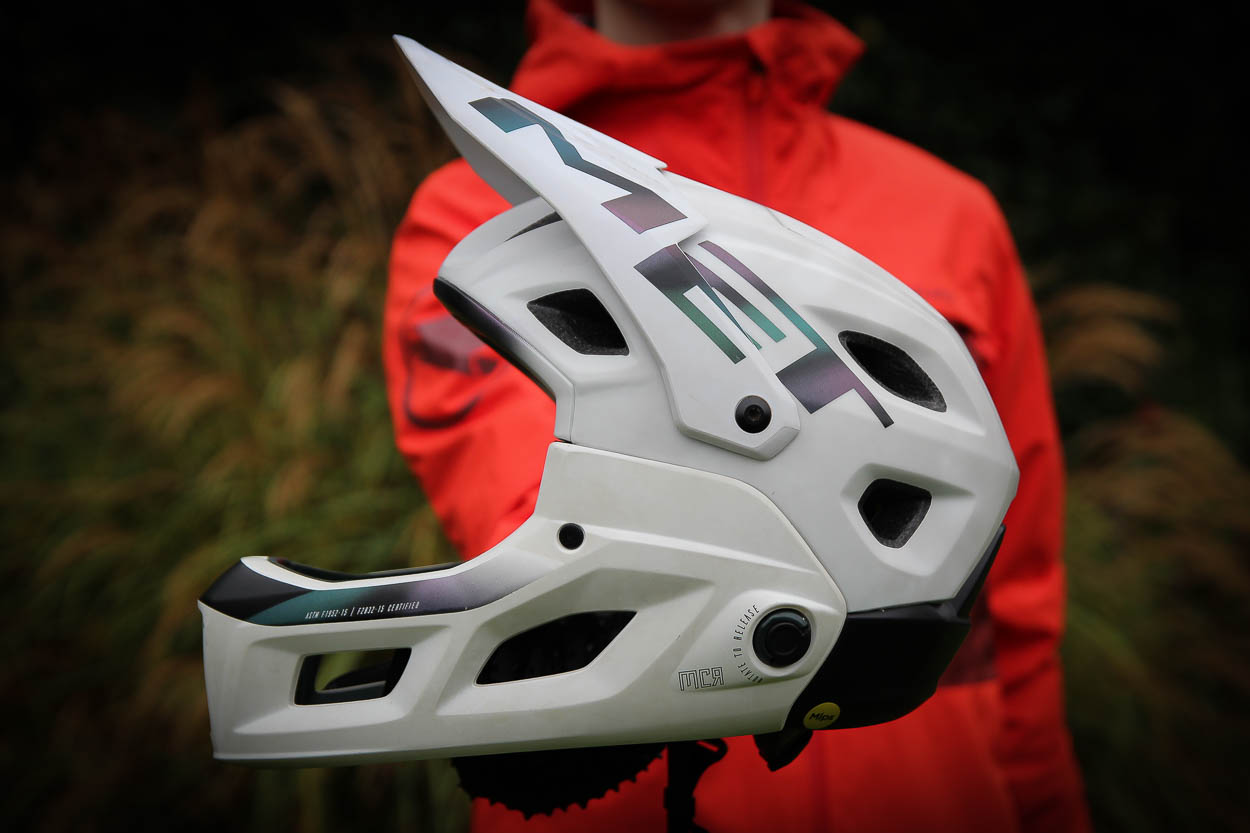
- Low weight, depending on the jaw mounting system and the size of the helmet, ~800-900g.
- Less durable than the classic Full Face, Full Face SL because the chinbar is not an integral part of the helmet shell. In the case of helmets with a detachable chinbar, the chinbar is usually attached by hinges or clamping systems, which can affect their structural integrity in the event of severe impacts.
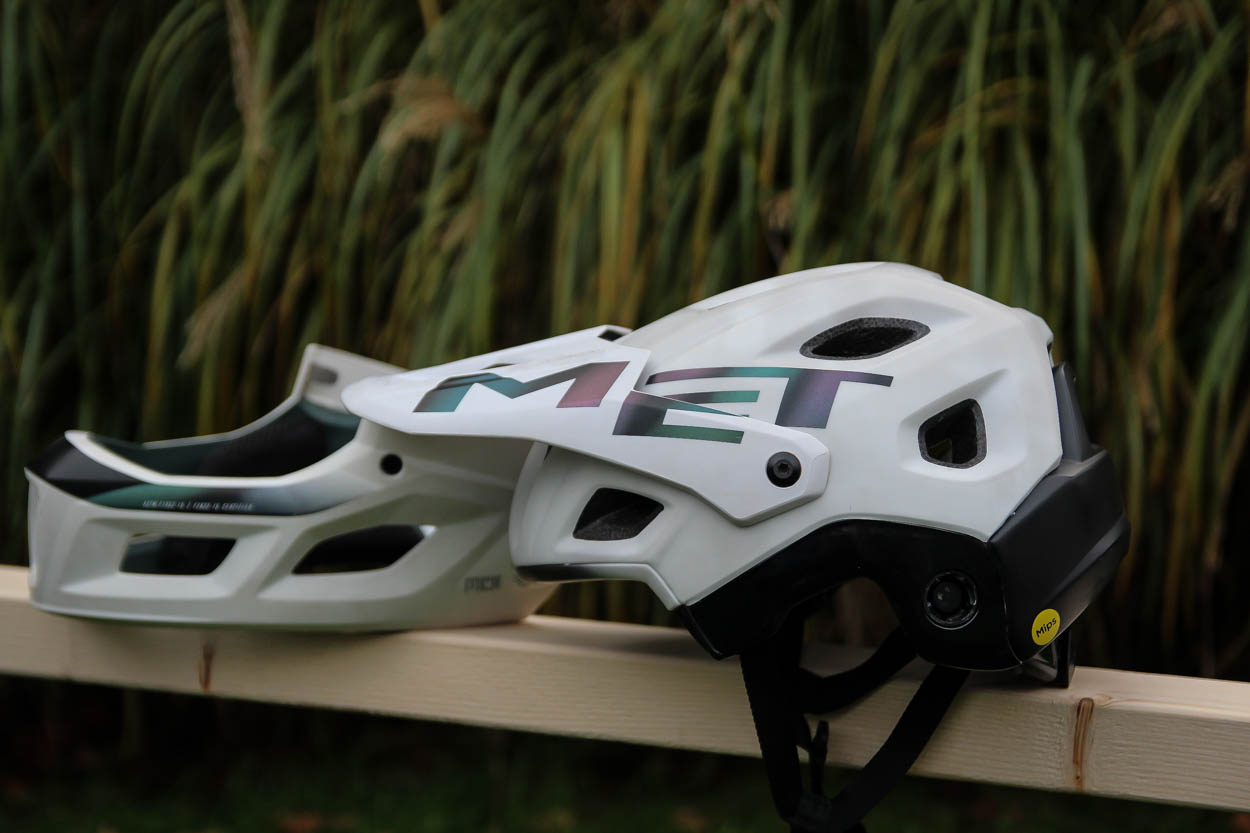
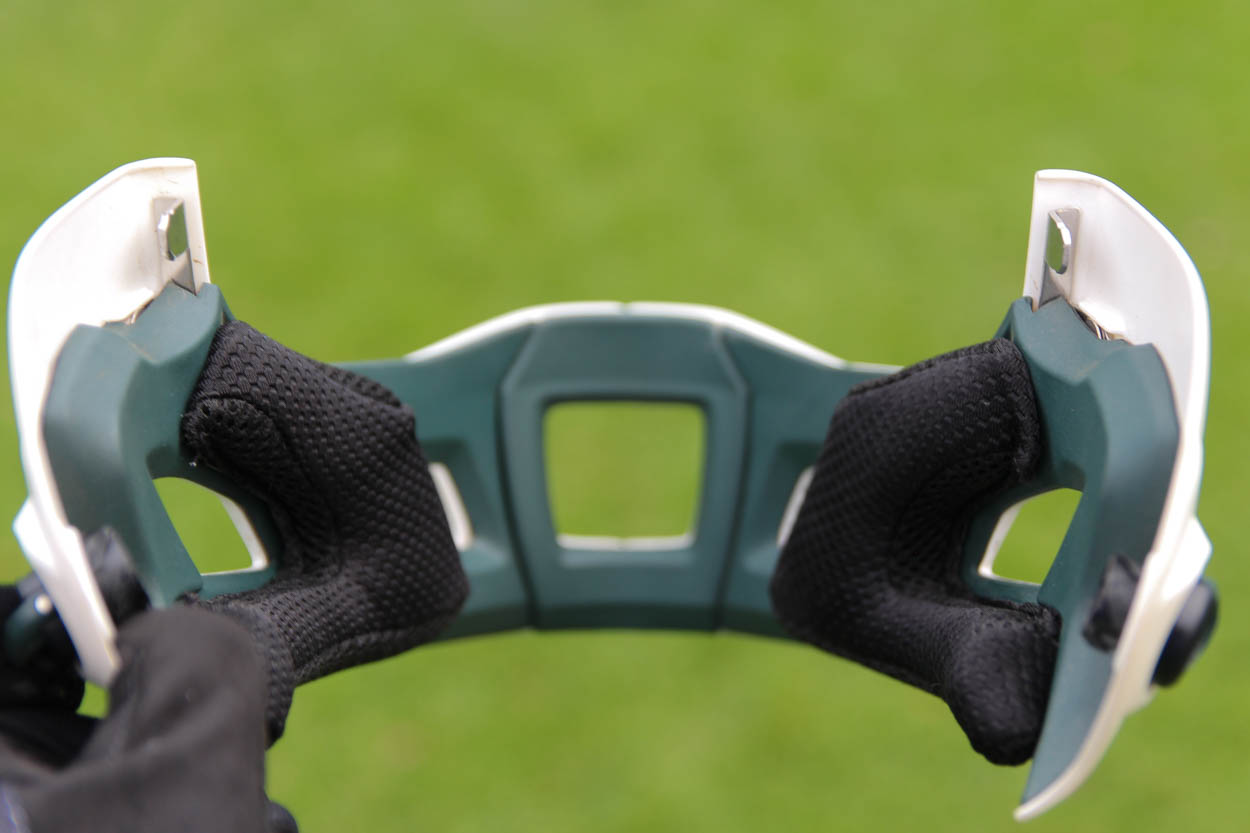
- Provides good protection and high versatility.
- ASTM F1952-15, full name of the standard: ASTM F1952 – Standard Specification for Helmets Used for Downhill Mountain Bicycle Racing. Standard for downhill mountain biking helmets (higher level of protection).
- ASTM F2032-15, full name of the standard: ASTM F2032 – Standard Specification for Helmets Used for BMX Cycling. These helmets must withstand the specific loads and impacts unique to BMX, which are different from those of downhill mountain biking. The Met Parachute MCR helmet, which is an example here, meets the above-mentioned standards.
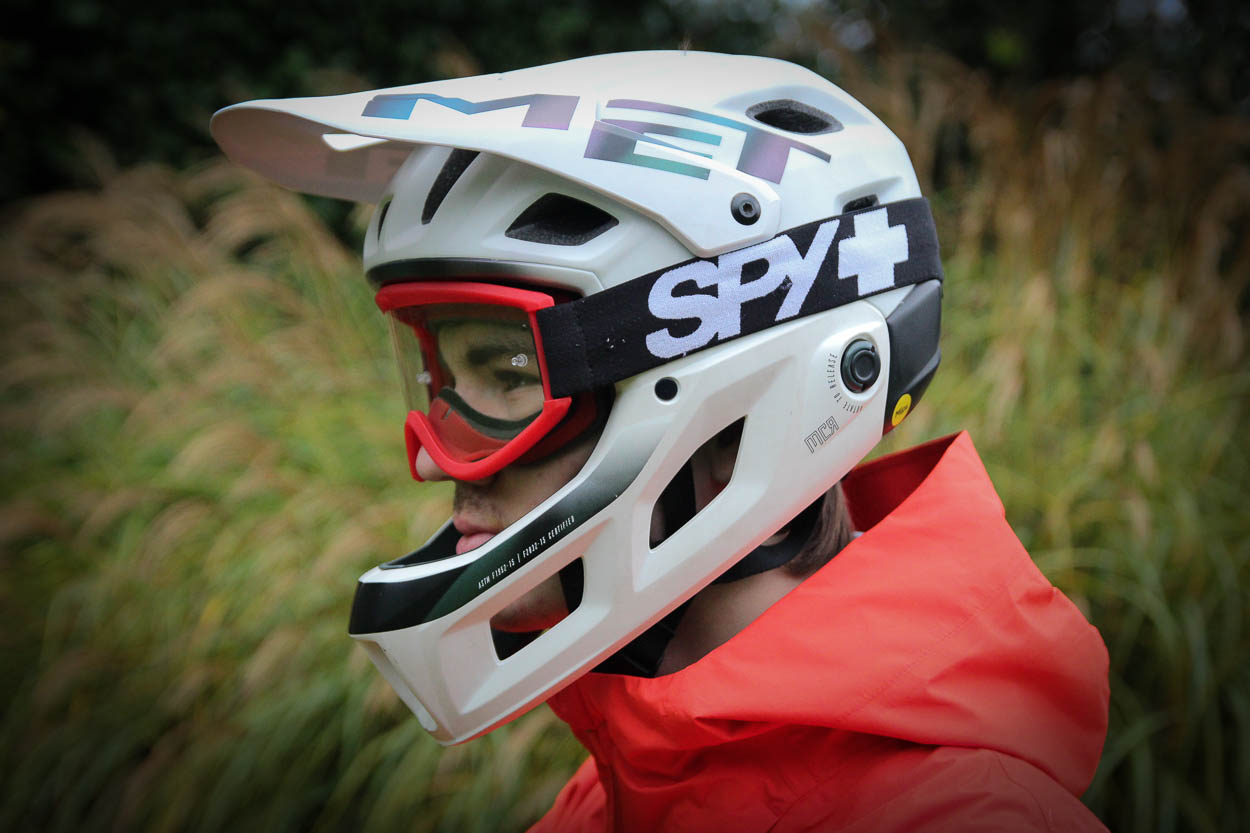
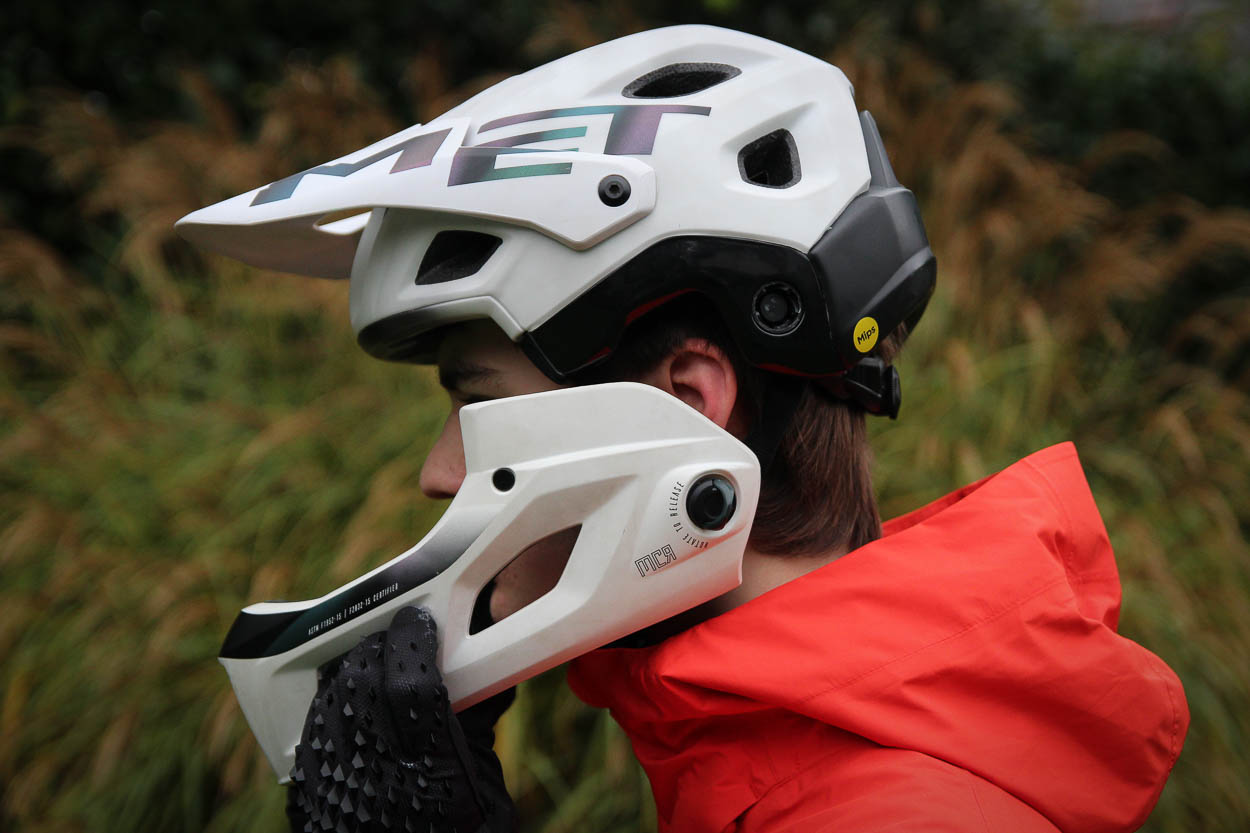
The main advantage of this helmet is its versatility – after removing the jaw, we have a light, well-ventilated MTB helmet that, if necessary, can be quickly transformed into a full face helmet before overcoming more difficult sections. Good ventilation, low weight and 2-in-1 functionality make it a popular choice among riders who are looking for versatile solutions and do not necessarily only ride on difficult mountain trails.
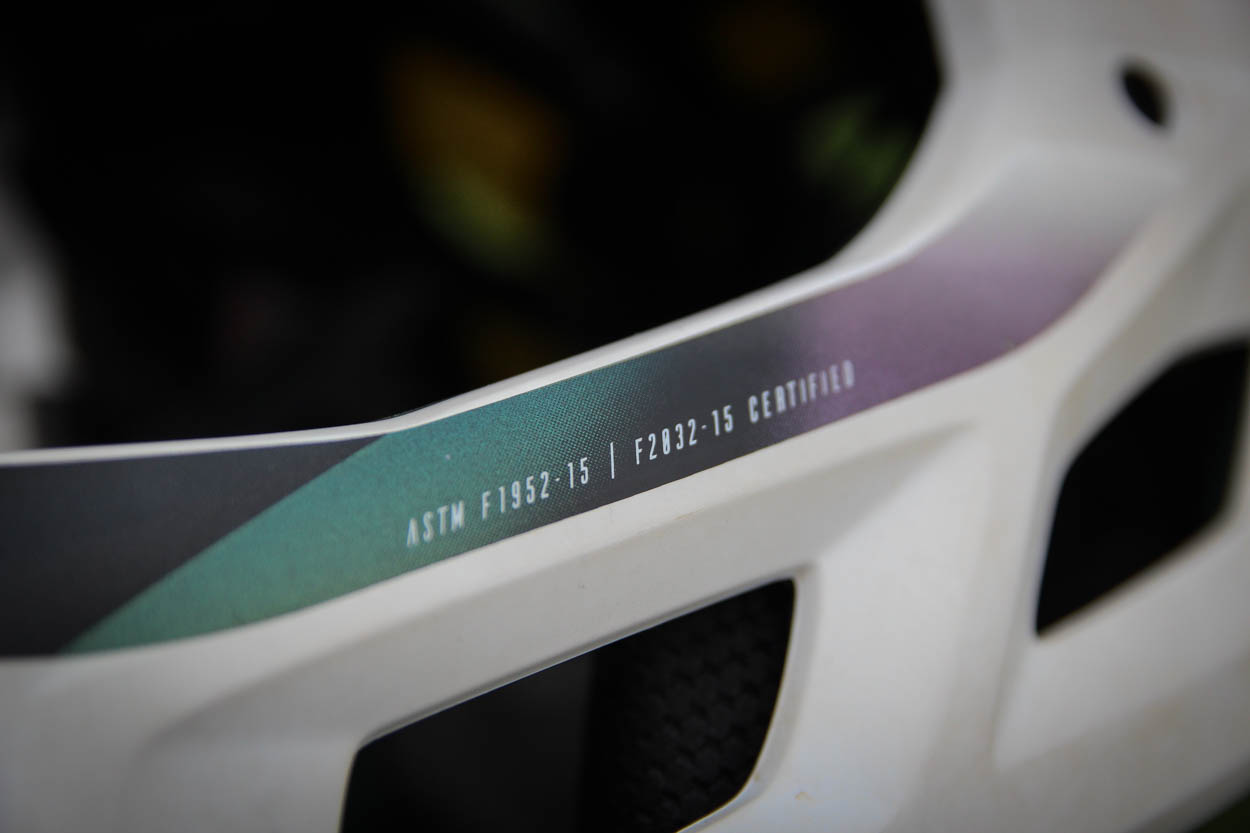
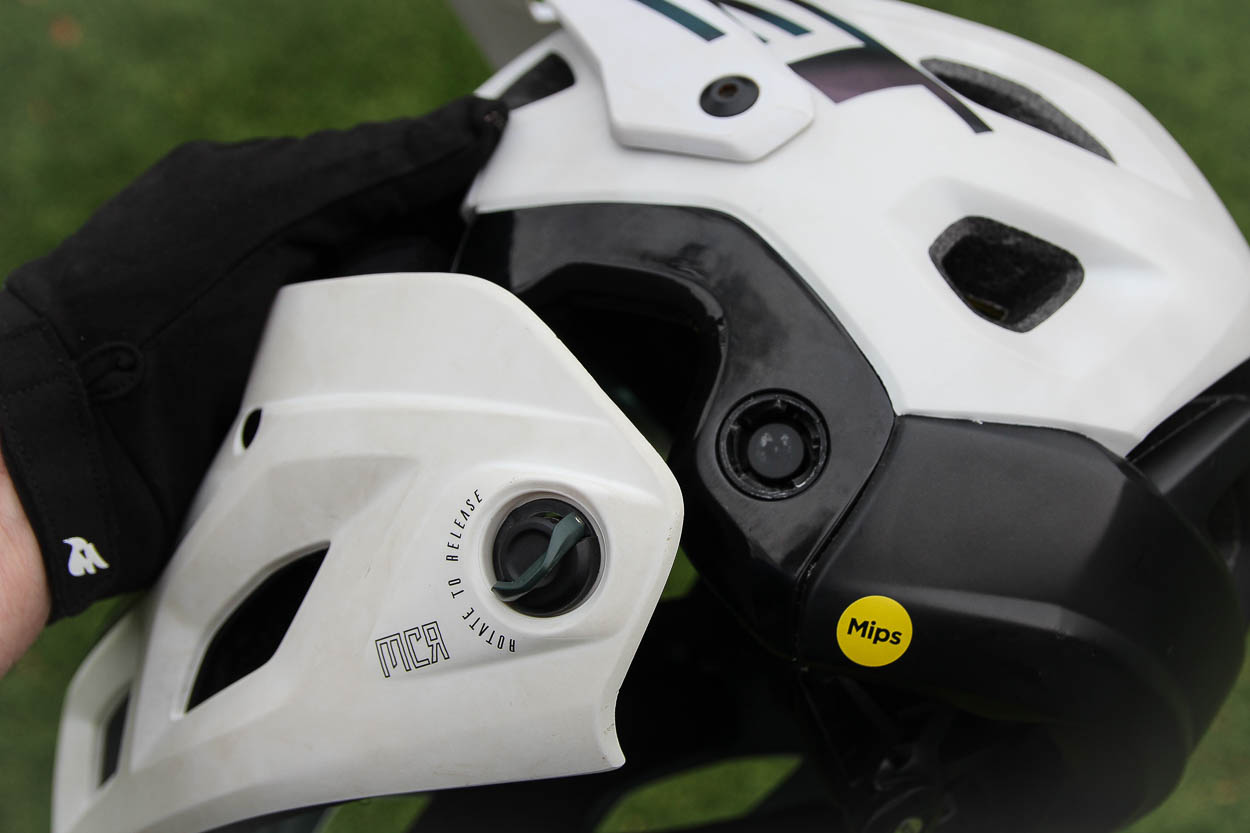
Which Full Face helmet to pick?
Before I move on to the recommendation on choosing a helmet, it is worth paying attention to safety certificates at the very beginning. Before it hits the market, each helmet must undergo rigorous trials and tests in certified laboratories. The more recognized certificates a product has, the higher its safety level. Therefore, it is worth paying special attention to it.
CE, AS/NZS and ASTM markings on helmets refer to standards and norms used in various regions of the world that regulate the quality, safety and compliance of products. Here’s what these abbreviations mean:
- CE
- Development: Conformité Européenne (European Conformity)
- Application: The CE mark means that the product meets the requirements of European Union directives regarding health, safety and environmental protection.
- Valid Area: European Union and countries of the European Economic Area (EEA).
- Meaning: A product with the CE marking can be legally sold in the EU and indicates that the manufacturer declares compliance with the relevant standards and regulations.
- AS/NZS
- Development: Australian/New Zealand Standard
- Application: These are standards developed jointly by Australia and New Zealand
- Valid area: Australia and New Zealand.
- Meaning: The AS/NZS Standards define the minimum requirements for the safety, performance and quality of products or services in these countries. Products that meet these standards comply with the regulations in force in these regions.
- ASTM
- Development: American Society for Testing and Materials
- Application: ASTM is an international organization that develops technical standards for materials, products, systems and services. These standards include, among others: mechanical, chemical, environmental, engineering and other tests.
- Valid Area: Global, but especially common in the United States.
- Meaning: ASTM standards are widely accepted as a proxy for quality and reliability.
In short:
- CE: European conformity mark.
- AS/NZS: Standards for Australia and New Zealand.
- ASTM: International testing and materials standards, with primary use in the USA.
Once we know the general outline of the names of the certificates, it is worth checking what specific standards the selected helmet model meets and make sure that it will be used in accordance with its intended purpose.
Pay attention to sizing
One of the most important factors when choosing a helmet should be the appropriate fit to the shape and size of the head. Believe it or not, not every helmet fits the same on different heads. Before you decide to buy, try on the helmet and check if you feel comfortable in it. Check whether it is too narrow, too wide, too deep or whether it is not pressing in any place. Once you find a helmet you feel comfortable in, the next step is to choose the right size. In the case of classic helmets that do not have the option of adjusting the circumference, it is very important that the helmet fits precisely – it cannot slide or fly around the head. It should be “just right”. In the case of lightweight helmets or those with a detachable chinbar, after finding a comfortable model, you can precisely adjust the head circumference using the adjustment knob.
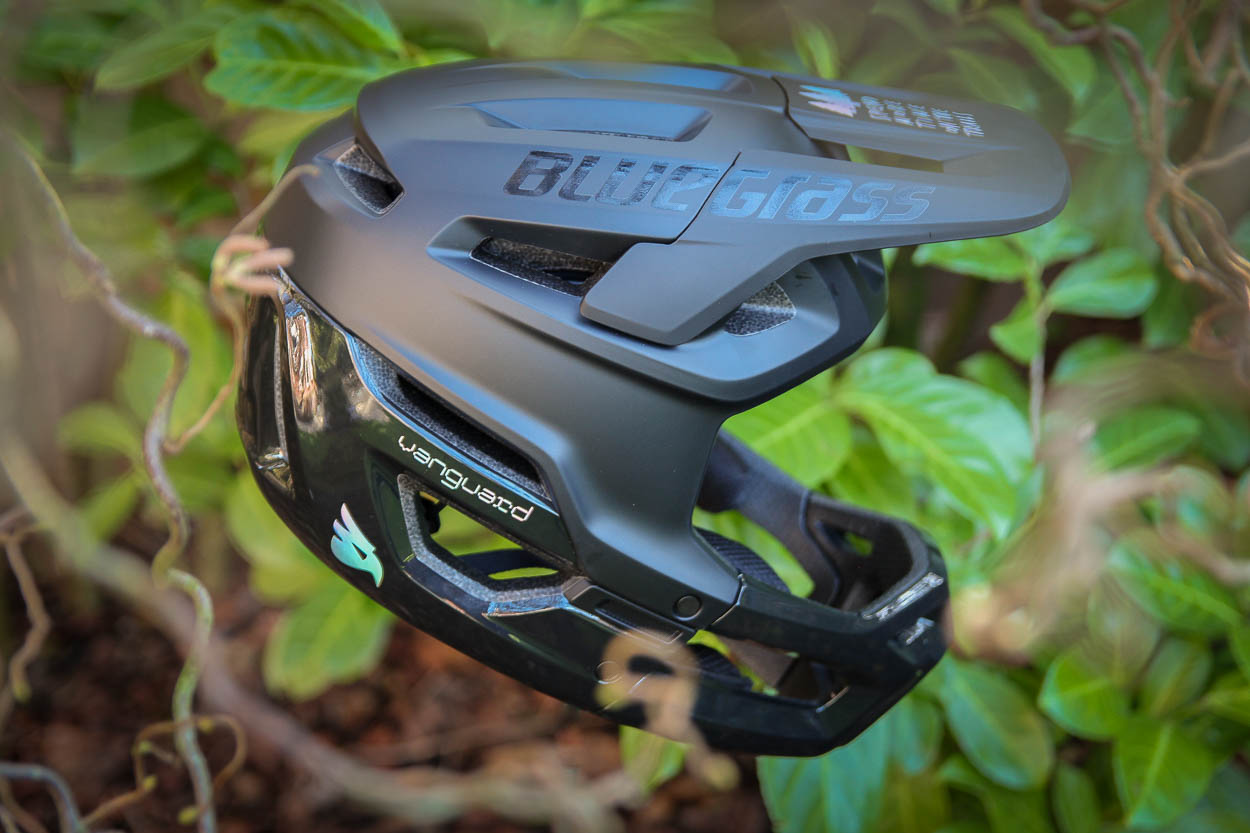
Once you have gone through the stage of trying on, fitting and adjusting the helmet, you can focus on the aesthetic value. There is a wide selection on the market today, so you’re sure to find a helmet in the right color and with interesting graphics that will suit your style.
When to choose the classic full face helmet?
If you like riding in difficult terrain, downhill, bike park, local demanding trails, tracks, as well as speed, heights and jumping, then a Full Face helmet is definitely recommended. In such conditions, you cannot afford to save money – choosing a helmet is a matter of safety, and it should always come first.
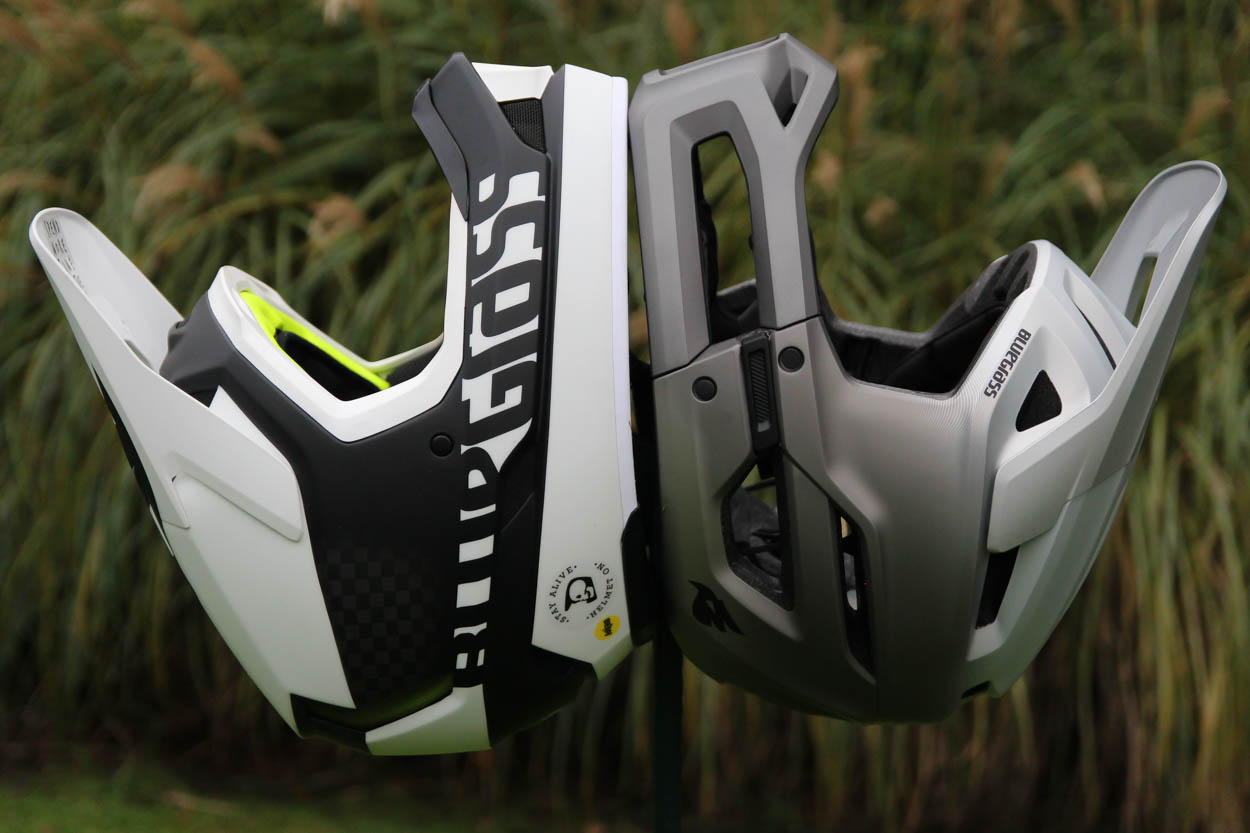
When to choose the light full face helmet?
The lightweight Full Face helmet is an excellent choice for people who are looking for a combination of full head protection with less weight. It will be perfect for enduro, BMX, bike park, as well as the recently fashionable e-bike segment. This type of helmet provides full face protection, but is lighter and better ventilated than a traditional full face helmet. Thanks to this, it guarantees comfort during long trails, while effectively protecting against potential injuries in difficult terrain.
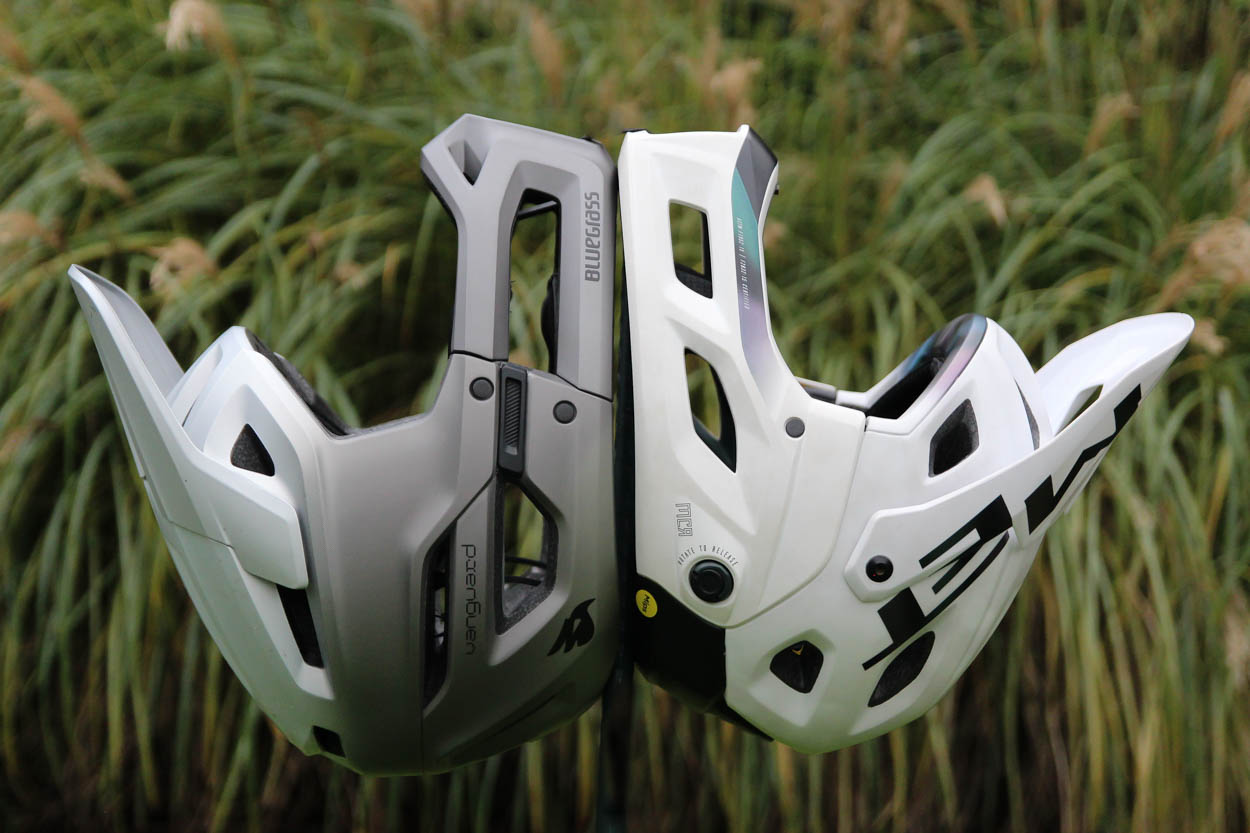
However, it is worth remembering that if you plan on very aggressive riding at high speeds (e.g. downhill), a Full Face helmet without any weight compromises may be a better choice.
When to choose the full face helmet with detachable chinbar?
This type of helmet has a detachable visor, which allows you to easily adjust the protection to your specific riding style. This is the most universal type of helmet. If you ride long trails (including e-Bike) where conditions may change (e.g. easier and more difficult downhill sections), a helmet with a detachable visor offers the flexibility to adjust protection to your current needs on the route. This is an excellent option for people riding in various terrain conditions, enduro, e-bike, on paths of varying difficulty and on long trails, where protection is key, but comfort and ventilation are also important. If you plan to use the trails in the bike park, such a helmet will also serve its purpose (check the certificates of your helmet). However, if you enjoy riding in the bike park and will be riding this type of trail more often, I recommend switching to a traditional Full Face helmet, which will provide the best protection.
My recommendation is subjective and based on my personal experience. Of course, each person has their own preferences and experiences, but safety should always be the priority. After all, it’s better to have your head better protected than to expose yourself to potentially serious injuries.
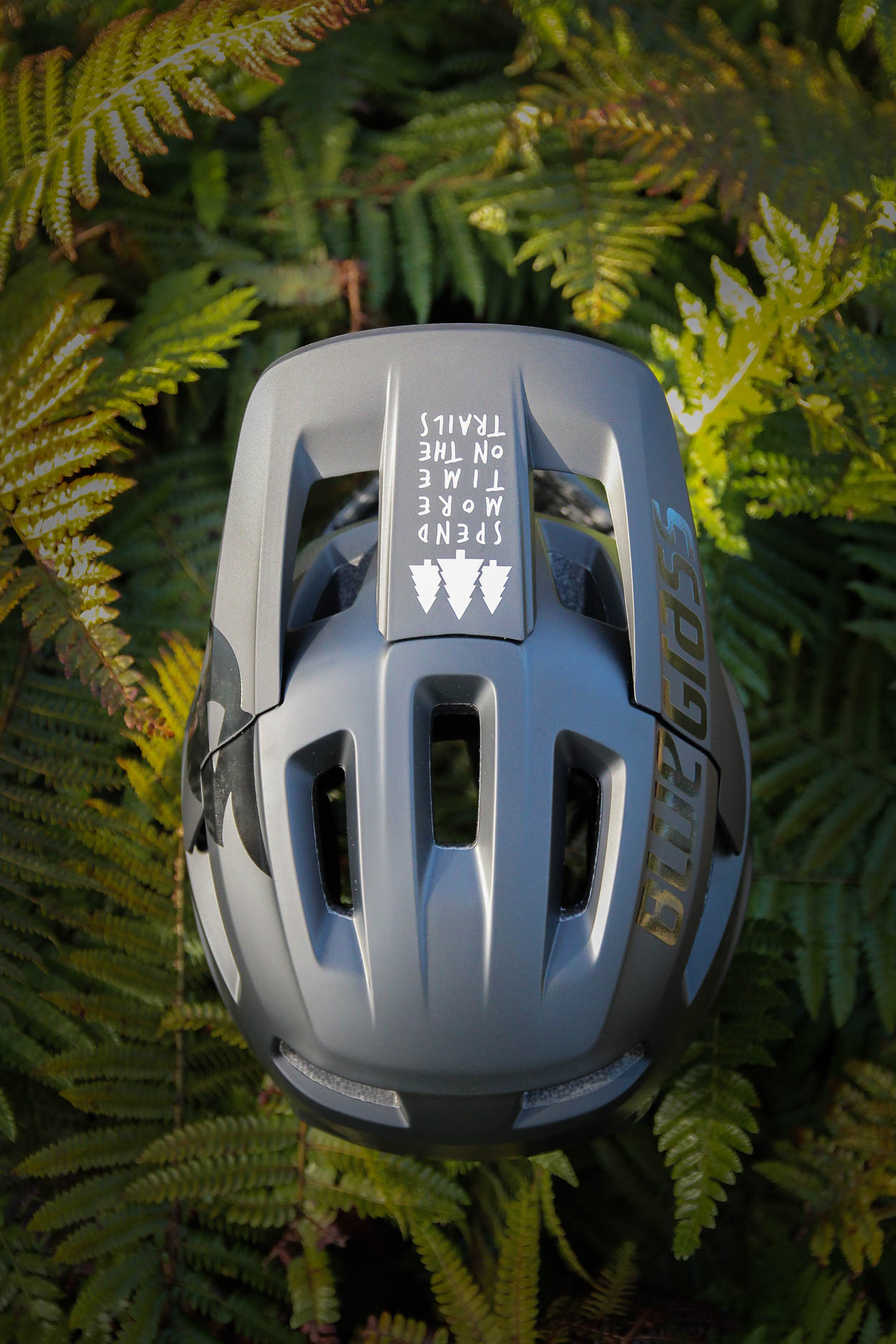
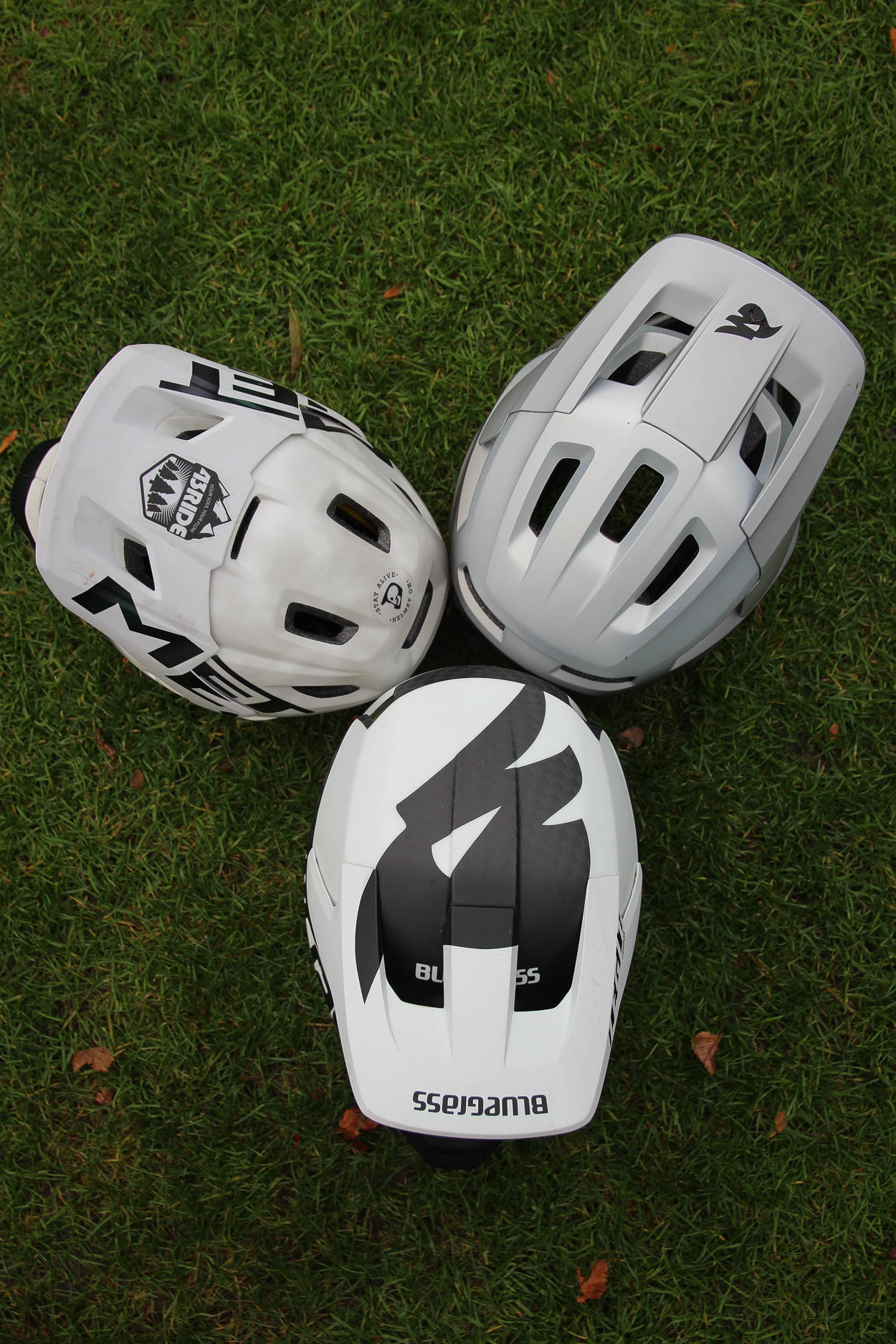
In the guide, I used helmets from Met and Bluegrass. I would like to thank the company for providing them and for the cooperation.
About MET Helmets
MET S.p.A is one the world’s leading manufacturers of bicycle helmets. Our headquarters are located in the heart of the Italian Alps. MET has always been synonymous with some of the finest values of this Alpine heritage.
Official website: met-helmets.com
Media: facebook, twitter, instagram, vimeo, youtube
